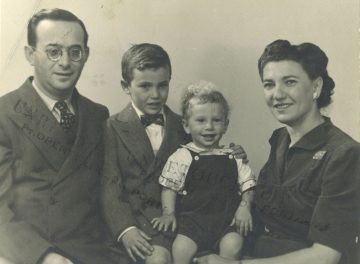Jay Neugeboren in the New York Review of Books:
 My parents were married at six o’clock on Sunday evening, October 25, 1936, at the Quincy Manor in the Bedford-Stuyvesant section of Brooklyn, and a week or so later, they began clipping coupons from the front page of The New York Post, one coupon a day, and mailing them to the Post, twenty-four coupons at a time, which coupons, along with ninety-three cents, brought them four volumes of a twenty-volume set of The Complete Works of Charles Dickens, a set that, with full-page illustrations, was printed from plates Harper & Brothers had used for older, more expensive sets. The Post’s promotion began in January 1936 and expired on May 16, 1938, two weeks before I was born. And when, eighty-two years later, in the week of June 9, 2020—a week that marked the 150th anniversary of Dickens’s death—I was isolated in my New York City apartment due to the Covid-19 lockdown, it occurred to me that this might be a good time to do what I’d often thought of doing: reread all of Dickens.
My parents were married at six o’clock on Sunday evening, October 25, 1936, at the Quincy Manor in the Bedford-Stuyvesant section of Brooklyn, and a week or so later, they began clipping coupons from the front page of The New York Post, one coupon a day, and mailing them to the Post, twenty-four coupons at a time, which coupons, along with ninety-three cents, brought them four volumes of a twenty-volume set of The Complete Works of Charles Dickens, a set that, with full-page illustrations, was printed from plates Harper & Brothers had used for older, more expensive sets. The Post’s promotion began in January 1936 and expired on May 16, 1938, two weeks before I was born. And when, eighty-two years later, in the week of June 9, 2020—a week that marked the 150th anniversary of Dickens’s death—I was isolated in my New York City apartment due to the Covid-19 lockdown, it occurred to me that this might be a good time to do what I’d often thought of doing: reread all of Dickens.
The Post was the first newspaper in the United States to offer complete sets of Dickens. This kind of marketing campaign, whose primary purpose was to increase circulation, was known as a “continuity” program, and it originated in England, where a young Englishman, John Stevenson, had used similar promotional methods to help increase the circulation of the London Daily Herald from 350,000 to over a million within a year. In 1936, when he was twenty years old, Stevenson came to New York and worked for The Post.
More here.
